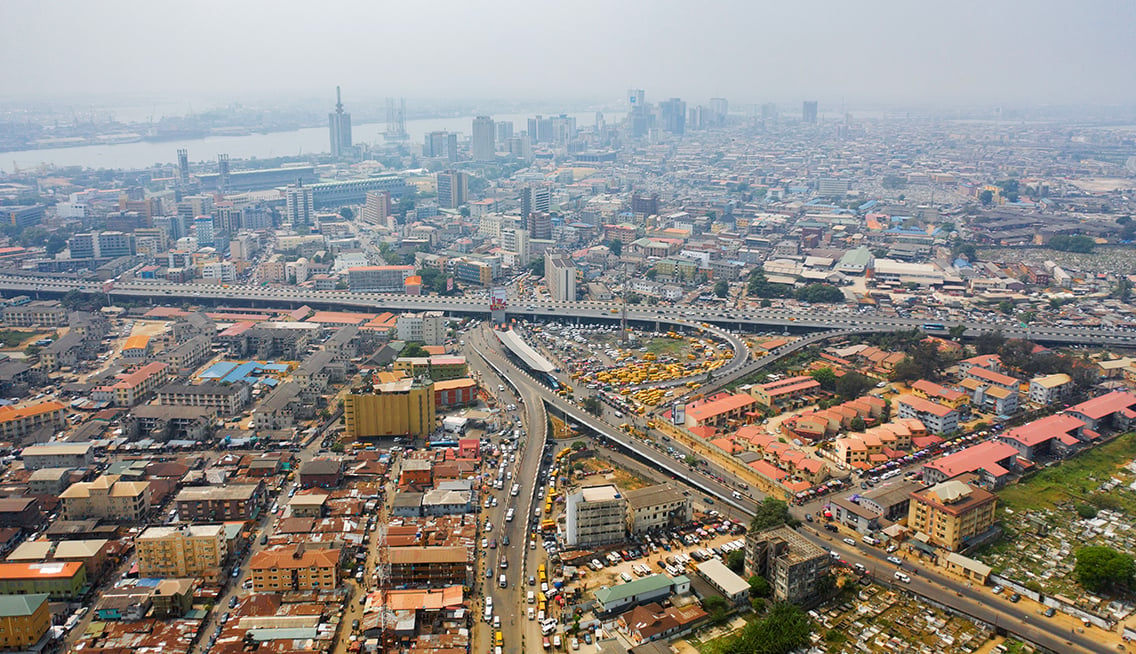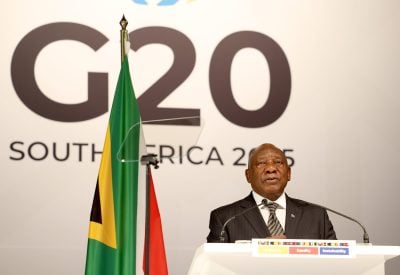This article was produced with the support of Central Bank of Nigeria
Nigeria’s economy expanded 4.23% in the second quarter, as a revival in oil production complemented a surge in services. This compares with a 3.48% growth during the same period last year and a further improvement on the 3.13% increase in the first quarter. It seems to be the strongest sign yet that the economy of Africa’s most populous country, with more than 200m people, is finally shedding its post-pandemic sluggishness and returning to a path of rapid growth.
Patterns noticeable in the first quarter GDP report persisted in the second quarter with only slight moderations. The oil and gas sector, for decades the mainstay of Nigeria’s economy, continues to recede in relative importance despite a surge in production between April and June. It had a 4.05% share of the GDP, a slight improvement from 3.97% in the first quarter, as non-oil contributions shrank slightly to 95.95% from 96.03% over the same period.
Non-oil growth
“The non-oil sector grew by 3.64% in real terms during the reference quarter,” higher than the 3.26% recorded in the comparable period last year and the 3.19% obtained in the first three months of this year, the National Bureau of Statistics (NBS) said in the report. The improvement was driven mainly by agriculture, information technology and telecommunications, real estate, finance, trade and construction, according to the NBS. Services alone accounted for a 56.53% share of the economy, rising from 53% in the preceding quarter.
Oil production also saw a revival, rising 6.01% during the second quarter. Output, which stood at an average of 1.68m barrels per day during the quarter, was the highest recorded since 2021, when a combination of sabotage, oil theft and underinvestment saw a plunge in Nigeria’s oil production, leaving it unable to meet its quota under the Organization of Petroleum Exporting Countries (OPEC) until recently.
Still, oil ranked sixth in the list of the top 10 activities that contributed to Nigeria’s GDP growth in the second quarter.
Top of the list is trade, followed by crop production, real estate, telecommunications and information services and livestock production before petroleum and natural gas. The rest are construction, food, beverages and tobacco, as well as financial institutions and public administration.
Reforms appear to bear fruit
President Bola Tinubu’s administration will find in the latest GDP figures some encouraging signs that the reforms he initiated on taking office in 2023 appear to be bearing fruit.
Tinubu ended decades of fuel subsidies and floated the foreign exchange rate as government revenue fell with declining oil-export receipts. This in turn caused a spike in the inflation rate to the highest in almost three decades.
The monetary authorities, led by Central Bank of Nigeria Governor Olayemi Cardoso, responded with a series of interest rate hikes in a bid to curtail money supply and curb surging inflation.
Naira regains ground
In recent months, the naira has regained some of its lost ground against the dollar and other major currencies while inflation has slowed for five consecutive months.
To reflect this newfound confidence, the Central Bank on 23 September cut the benchmark interest rate to 27% from a record 27.50%, signalling the end of its tightening cycle and a cheaper cost of borrowing expected to further boost the economy.
In the mining and quarrying industry, a classification that includes oil and gas, and the “other minerals” sub-sector “exhibited the highest growth rate of all the sub-activities at 50.41%,” the NBS noted. This reflects new activities such as the exploration for lithium, other rare earth minerals as well as some new coal mining.
Manufacturing malaise
Still, the Tinubu administration will be concerned about the relatively poor performance of the manufacturing sector. Though the sector grew 4.41% during the quarter, that is lower than the 7.65% growth recorded in the same period last year and down 31.72% from the first quarter. Manufacturing and agriculture have been hit by the high interest regime that has prevailed with the Central Bank’s tightening stance, and will likely welcome the 50-basis-point reduction in the benchmark interest rate.
The decision to reduce the rate was “predicated on sustained disinflation recorded in the five months and the need to support economic recovery efforts,” Cardoso said. According to him, the latest GDP growth figures “show the sustained resilience of the Nigerian economy”.
Key CBN monetary policy decisions
The Monetary Policy Committee of the Central Bank of Nigeria (CBN) announced some key decisions after its 302nd meeting on September 23, 2024. The apex bank said that in response to sustained disinflation recorded in the past five months, it has cut the Monetary Policy Rate (MPR) by 50 basis points to 27% from 27.5%. It also reduced the Cash Reserve Ratio (CRR) for commercial banks to 45% from 50%. The CBN also announced that, six months to the end of the recapitalisation exercise, 14 banks have fully met the new capital requirement.

 Sign in with Google
Sign in with Google 



